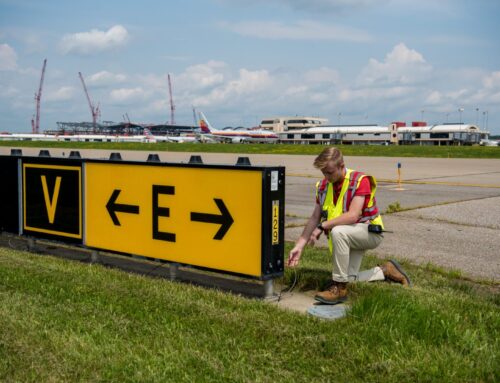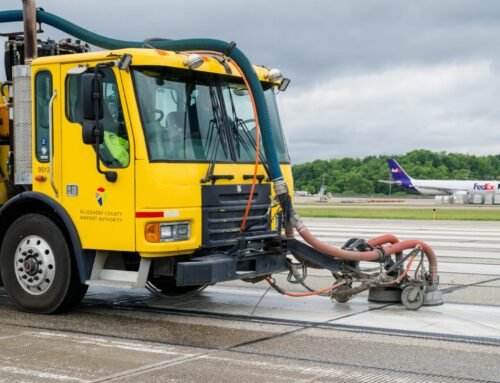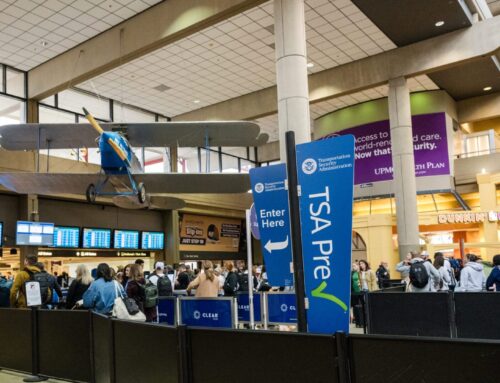The Sound of Silence
As traffic falls 96 percent amid the pandemic, airports look to save costs
By Jeff Martinelli
Published April 13, 2020
Read Time: 3 mins

The normal sights and sounds of the nation’s airports have been replaced by vacant concourses and an eerie silence. No more business executives hustling to their gates, or groups of students all talking excitedly at once.
While the COVID-19 pandemic continues, airports, much like the streets in the cities they serve, have gone quiet. According to a CNN report, airline traffic has dropped 96 percent systemwide. The Transportation Security Administration reported that it set a 10-year low on April 12, when just 90,510 passengers were screened nationwide.
That’s an average of 206 passengers at each of 440 TSA-screened airports.
At Pittsburgh International Airport, you can hear recordings of the city’s symphony orchestra playing over the public address system instead of being drowned out by crowds and pages.
Still, despite the record low numbers of airport customers, you won’t find the doors shut.
“We are open for business because we are part of our nation’s critical infrastructure,” said Christina Cassotis, CEO of PIT. “We’re working to make sure our facilities are operational and safe. We’re making sure our military is supported and we’re making sure we are supporting our airline partners at this critical time.”
Still, reducing operating costs has become the latest airport trend. Airports are funded through passenger generated activity like parking, concessions and airline gate fees, not tax dollars.
At PIT that means shutting down people movers, elevators and escalators. It even means a complete shutdown of one of its four concourses. (Concourse C closed to all passengers last week.)
Bicycle racks block the entrances to some restrooms to save on cleaning, sewage and electrical costs. Earlier this month the long term and extended term parking lots, one of the airport’s biggest sources of revenue, were closed to new customers. (Returning customers can still exit).
With only one parking lot open, the remaining flyers are being treated to an $8/daily parking fee for the spaces nearest the terminals.
“We’re looking to minimize ‘passenger active’ areas of the terminals to minimize custodial and utilities,” said Demetrai Machado, acting public information manager at Norman Y. Mineta San Jose International Airport. “This will follow the reductions in service levels by the airlines.”
According to a recent USA Today story, many airports are making similar changes.
- Las Vegas McCarran International had closed all gates at two concourses.
- Hartsfield-Jackson Atlanta International Airport has closed one runway, closed two checkpoints and all passengers must use the main domestic checkpoint.
- Delta Air Lines has moved all operations at Los Angeles International into just Terminal 2, closing operations in Terminal 3.
- Dallas/Fort Worth International Airport has closed eight checkpoints and American Airlines has closed ticket counters in two terminals.
- Denver has closed its north checkpoint and has all travelers using its south checkpoint.
- Chicago O’Hare International Airport has closed two runways.
But it’s more than runways, parking lots and gates that are closed. Airport concessions around the country have been hard hit as well.
“The majority of restaurants and shops pre-security were shut down as of close of business March 20 to comply with the Arizona governor’s directive and due to low demand,” said Heather Shelbrack, public information manager for Phoenix Sky Harbor Airport and the City of Phoenix Aviation Department. “Our goal is to keep one restaurant open pre-security for take-out for our customers.”
It’s a similar situation at PIT, where only a handful of concessions remain open. You can still order your favorite iconic Primanti’s Brothers sandwich, with the fries and slaw on top, of course.
You just have to get it to go.






